Using digital comic-based storytelling to enhance creative writing in efl classrooms
Resumen
The purpose of this action research is to explore how digital comic-based storytelling can enhance the creative writing skills of fifth-grade students in a rural Colombian school. A qualitative approach was used, relying on non-observational methods with such instruments as writing samples, artifacts, and interview questions. The educational material was designed using Google's website to create digital comics, supported by artificial intelligence writing assistant tools and scaffolds to meet the needs of students and to develop digital literacy skills in the English classroom. Findings showed improvement in several aspects of students' creative writing. Students demonstrated enhanced creativity, coherence, and clarity in their writing, fewer spelling errors, and expanded vocabulary. However, grammatical accuracy, especially tense inconsistency, did not improve. Encouraging free expression increased student engagement, interest, and motivation. This generally promoted a positive attitude and motivation towards writing texts. With more time and focus on specific language areas, this material could also lead to stronger grammar skills and even greater creative growth.
Descargas
Citas
Almashy, A., Ahmed, A. S. M. M., Jamshed, M., Ansari, M. S., Banu, S., & Warda, W. U. (2024).
Analyzing the Impact of CALL Tools on English Learners' Writing Skills: A Comparative Study of Errors Correction. World Journal of English Language, 14(6).
Babaee, R. (2015). Interview with Alan Maley on teaching and learning creative writing. International Journal of Comparative Literature and Translation Studies, 3(3), 77–81.
Bitz, M. (2008). A rare bridge: The Comic Book Project connects learning with life. Teachers & Writers, 39(4), 3–10.
https://teachersandwritersmagazine.org/wp-content/uploads/2023/02/A-Rare-Bridge.pdf
Boström, P. K. (2019). In search of themes–keys to teaching qualitative analysis in higher education. The Qualitative Report, 24(5), 1001-1011.
Bowkett, S., & Hitchman, T. (2012). Using comic art to improve speaking, reading and writing. Routledge.
Brown, C. (2023). The Benefits of Using Comics in the Classroom.
Burns, A. (2019). Action research in English language teaching: Contributions and recent developments. Second handbook of English language teaching, 991–1005.
Cabrera-Solano, P., Gonzalez-Torres, P., & Ochoa-Cueva, C. (2021). Using Pixton for teaching EFL writing in higher education during the COVID-19 pandemic. International Journal of Learning, Teaching and Educational Research, 20(9), 102-115.
Çiçolar, R., & Bulut, B. (2025). The Effect of the use of Educational Digital Comics in Primary School Fourth Grade Turkish Course on Students’ Writing Skills and Self-Efficiency. Türk Akademik Yayınlar Dergisi (TAY Journal), 9(1), 68–96.
Dawson, P. (2004). Creative writing and the new humanities. Routledge.
David-West, A. (2012). Sequential Art and Sentence Construction: Wordless Comics in an EFL Context. Mulberry/愛知県立大学外国語学部英米学科 編, (61), 141–158.Gómez-Rodríguez, L. F. (2010). English textbooks for teaching and learning English as a foreign language: do they really help to develop communicative competence?. Educación y Educadores, 13(3), 327–346.
EdComix Project. (2020). EdComix: Comics as a pedagogical tool. Erasmus+. https://ec.europa.eu/programmes/erasmus-plus/project-result-content/cdc03056-7734-4591-ada9-ce9908e3cd0e/Guide_EN.pdf
Hulstijn, J. H., & Laufer, B. (2001). Some empirical evidence for the involvement load hypothesis in vocabulary acquisition. Language learning, 51(3), 539-558.
Hyland, K. (2019). Second language writing. Cambridge University Press.
Klaehn, J. (2021). Mike Richardson Interview. Journal of Graphic Novels and Comics, 12(5), 1207–1211.
Kumar, T. (2020). Approaches in Teaching Writing Skills with Creative Writing: A TESOL Study for Indian Learners. TESOL International Journal, 15(5), 78–98.
Laiche, S., & Nemouchi, A. (2021). The Impact of Google Translate on EFL Learners’ Writing Performance. في الترجمة, 8(1), 412-429.
Lang, A. (2015). Comic strips in the English classroom.
Lightbown, Patsy M., and Nina Spada. How languages are learned 5th Edition. Oxford university press, 2006.
Listyani, L. (2019). The Use of a Visual Image to Promote Narrative Writing Ability and Creativity. Eurasian Journal of Educational Research, 80, 193-223.
Murillo Zavala, A. M., Chica Bravo, G. M., Franco Alvarado, I. E., & Vélez Castro, J. B. (2025). Marcadores tempranos en el diagnóstico de la enfermedad renal crónica en pacientes diabéticos e hipertensos: Revisión bibliográfica. Arandu UTIC, 12(1), 4465–4479. https://doi.org/10.69639/arandu.v12i1.905
Colmán López, M. C. (2025). La inteligencia artificial en la creación artística: Análisis de su influencia en la producción cultural. I+D Internacional Revista Científica Y Académica , 4(1), 43–64. https://doi.org/10.63636/3078-1639.v4.n1.26
Fernández Sánchez , D. (2025). Implementación de Algoritmos de Machine Learning para la Detección Temprana de Fraude en Transacciones Electrónicas. Ciencia Y Reflexión, 4(1), 2652–2667. https://doi.org/10.70747/cr.v4i1.285
Valdivieso Rezabala, R. S. (2025). Evaluación del Aprovechamiento de los Productos Forestales no Maderables en Tres Recintos de la Parroquia Campozano, Cantón Paján, Manabí, Ecuador. Ciencia Latina Revista Científica Multidisciplinar, 9(2), 7941-7959. https://doi.org/10.37811/cl_rcm.v9i2.17513
Pérez Gallegos , S. J., & Domínguez Marín, M. J. (2025). La Importancia de Contar con un Perfil Competitivo en Psicólogos que Atienden a Estudiantes Universitarios. Estudios Y Perspectivas Revista Científica Y Académica , 5(2), 881–895. https://doi.org/10.61384/r.c.a.v5i2.1166
Fernández Sánchez , D. (2025). Implementación de Algoritmos de Machine Learning para la Detección Temprana de Fraude en Transacciones Electrónicas. Ciencia Y Reflexión, 4(1), 2652–2667. https://doi.org/10.70747/cr.v4i1.285
Maley, A. (2009). Creative writing for language learners (and teachers). Teaching English—British Council & BBC.
Manning-Lewis, T. (2019). I hate writing: Making a case for the creation of graphic novels in the Caribbean English classroom to develop students’ creative writing skills. Changing English, 26(4), 392-404.
Martin, A. (2006). A European framework for digital literacy. Nordic Journal of Digital Literacy, 1, 151-161.
Megawati, F., & Anugerahwati, M. (2012). Comic strips: A study on the teaching of writing narrative texts to Indonesian EFL students. Teflin Journal, 23(2), 183.
Ministerio de Educación Nacional. (((2006). Estándares básicos de competencias.
https://www.mineducacion.gov.co/1621/articles-340021_recurso_1.pdf
Mulyana, N. Exploring the Use of Artificial Intelligence as Writing Assistant in EFL Classroom: A Systematic Literature Review.
Murugiah, Mohana Ram. "Improving the 5th formers’ continuous writing skills through the creative writing module." Advances in Language and Literary Studies 4.2 (2013): 7-12
Nassaji, H. (2020). Good qualitative research. Language Teaching Research, 24(4), 427–431.
Nunan, D. (1991). Language teaching methodology: A textbook for teachers. Pretence Hall International.
O’Rourke, M. 2005. “Multiliteracies for 21st Century Schools.” ANSN 2: 1–12
Pawliczak, J. (2015). Creative writing as a best way to improve writing skills of students. Sino-US English Teaching, 12(5), 347–352.
Ramos Holguín, B., & Aguirre Morales, J. (2014). Materials Development in the Colombian Context: Some Considerations about Its Benefits and Challenges. How, 21(2), 134–150.
Rayo, D. S. (2015). Writing Narratives with the Aid of Picture Stories. The University of Western Ontario (Canada).
Read, C. (2015). Seven pillars of creativity in primary ELT. Creativity in the English language classroom, 29-36.
Richards, J. C., & Renandya, W. A. (Eds.). (2002). Methodology in language teaching: An anthology of current practice. Cambridge University Press.
Rosenberg, M. (2015). The learner as a creativity resource. Creativity in the English Language Classroom, 123.
Sabin, R. (2013). Adult comics. Routledge.
Sciamarelli, M. (2015). Teaching children with mascot-inspired projects. Creativity in the English language classroom, 104.
Setiawan, F., & Alkhowarizmi, A. (2025). Exploring an Artificial Intelligence as Automated Feedback Program in EFL Writing. ETERNAL (English Teaching Journal), 16(1), 202-224.
Wang, L. (2019). Rethinking the significance of creative writing: A neglected art form behind the language learning curriculum.
Wahyudin, A. Y. (2019). E-COMICS IN TEACHING: USING COMIC STRIP CREATORS TO ENHANCE JUNIOR HIGH SCHOOL STUDENTS’WRITING ABILITY. 16 November 2019, Bandar Lampung, Indonesia i.
Weigle, S. C. (2002). Assessing writing. Cambridge University Press.
Widiarti, Y. (2024). Canva and Comic Strips: Facilitate on Teaching Writing Instruction. International Journal of Contemporary Studies in Education (IJ-CSE), 3(3), 245-255.
Widioko, T. (2021). Modified digital comics: an alternative way for enhancing students narrative text writing ability. International Journal of Research and Review, 8(12), 344–355.
Williams, C., & Beam, S. (2019). Technology and writing: Review of research. Computers & Education, 128, 227–242.
Derechos de autor 2025 Tatiana Kaptevskaia, Felipe Jaramillo, Maria José Fajardo Zorro

Esta obra está bajo licencia internacional Creative Commons Reconocimiento 4.0.



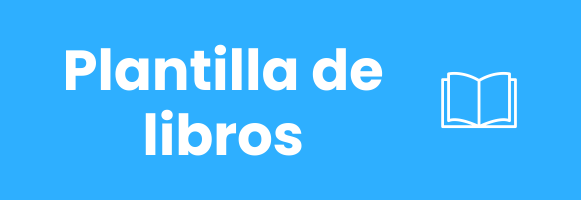
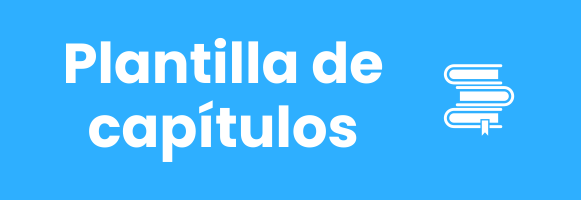
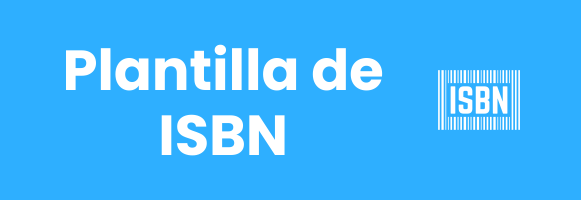

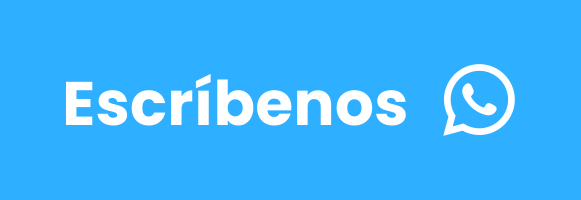



.png)
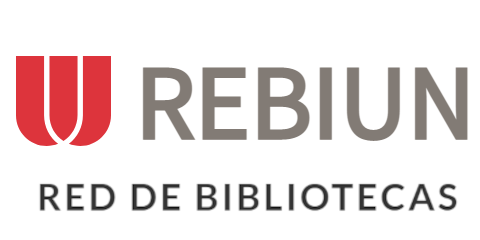









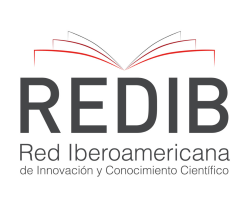


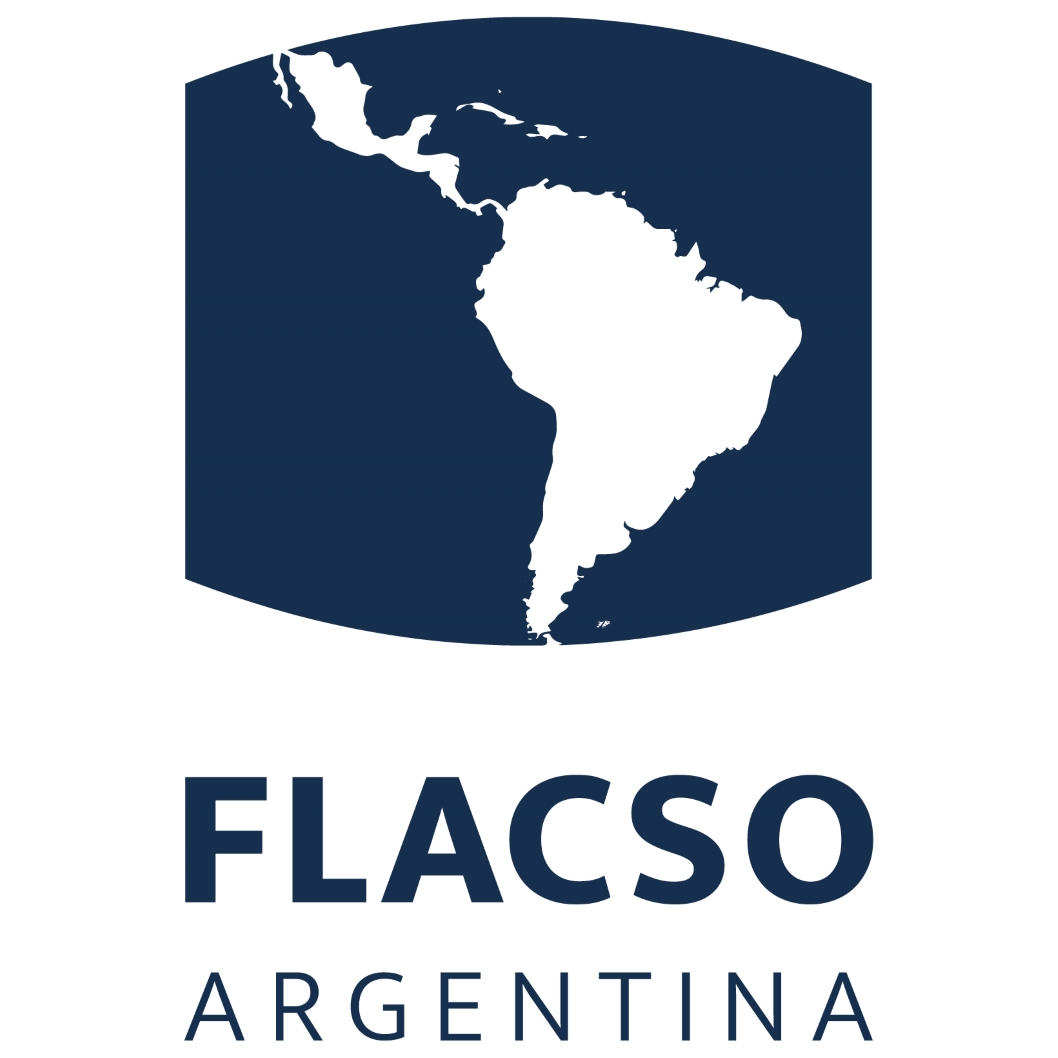






.png)
1.png)


